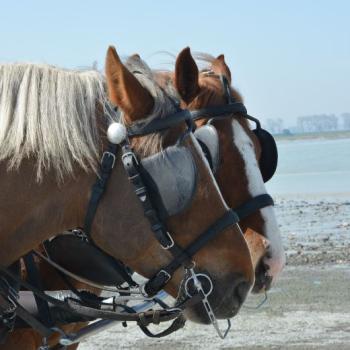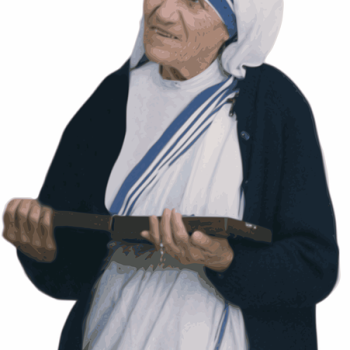Then I needed to make wudu' and headed for the nifty wudu' stations. Unfortunately, these too were saturated with water. Never mind my description before of the drain for removing the waste water-it was there, alright, but like the toilet, I don't know what made it impossible for the user to at least keep the seat dry!? Maybe this was the result of the overall cleaning method, because it was also clear that the rooms were serviced, and I even saw one of the cleaning ladies. Anyway, I chose the one with the least amount of water on the seat and counted on the heat to dry the rest, as it did in no time at all.
Still, it was pretty minimal damage and if not for the propriety of my sisters in various states of undress, I would have loved to take a photo. Next time when it's empty, I'll do that. Empty? Imagine that.
Okay, so I made my way out and retraced my steps back to my spot. Well, at least that is what I needed to do—but this is where those instructions on how to keep yourself sane would have been useful. Try to place yourself somewhere and note with markers where you are so you can retrace your steps. The mosque is gigantic, full of beautiful and elaborate designs, with an immense number of repetitions to them. The stairs and the escalators are deceiving, taking two for each floor in one tower and only one escalator per floor in another tower. I never did figure out which was which.
I knew the fastest way up to the third floor from my hotel, but this was always early and therefore less chaotic. It also involved a wide ramp straight from the outer front court up to the second floor. From there, the double escalators from each floor rose up to the third floor. There is also a partial 4th floor; more of a balcony over the deepest part of the mosque. Not a full circumabulation, so you cannot do tawaf from there, but you can do saiy.
Fortunately for me, this toilet visit was from a place just next to the green line. The green line marks a distance in saiy where the pilgrim is supposed to run, because this is what Hajar did.* That way, when I returned I was not lost. That is, if you don't count my trip to the fourth-floor balcony by accident! I had no trouble locating my deserted spot once I got to the correct floor. As I said, just in time-as the only man in this cluster was practically asleep on it. My plan was only to stay for zuhr prayer this day and when things quieted from the crowds rushing out, to have some lunch and return to my room. This plan would've worked too, except for the chance discovery of door number 89.
*By the way, this short distance marked by green lights, to show where Hajar ran, nowadays they say this too is just for men! Women should not run. But then there is another way to shout out for Hajar: the Arabic name for each distance in one direction for the saiy is called a shaut. That's pretty cool.
December 8, 2010—Door Number 89: The Door with No Name
On the bus before we departed from the Jeddah airport, our guide, Mr. Mansour, gave us a three-minute prep for hajj. All of us are here early enough to make what is known as hajj tamattu'. That means as soon as we can, we follow through in irham to the Kaaba and make umrah. There's the ihram, then we do tawaf around the Kaaba, sa'iy between Safa and Marwa, clip the hair, and we are done. We get to leave ihram until we take it up again for hajj proper, which will be about a week from now. Mr. Mansour then gave us some logistics about finding our way back to the hotel. Find a marker to help you go out of Door Number One, the King Abd Allah Aziz door. He said, "there 101 doors in and out of the Haram"-so this meant we really needed to make note for simplest return.
Later, when I took my circuit around the outside of the mosque and took photos of quite a few of the doors, I also made a mental note of some of the names. (Next time I'm in the mosque, I will find out for you if any of them have women's names.) I remember things like one of the four battles the Prophet engaged in after he left Makkah following 13 years as a nonviolent protestor: bab al-Ubaydah. There was a door named bab al-'Umrah, and of course a few other Saudi Kings, Islamic historical male figures, like bab Umar, and important cites, like bab al-Madinah.
The thing is, as far as I could tell, women are hustled out of every place on the first floor, but especially as salat time approaches. Sometimes if it gets late enough and there is a large enough unyielding cluster, they may eke out a space behind some men. But the rudeness of the removal is so disturbing. I just do not want that encounter. But I do want to pray where I can see the Ka'abah. That is only possible from the first floor, and if you are right by the railing on the upper floors. So, I have missed this opportunity after that first day, when we did our tawaf, followed by two rakaat at the maqam Ibrahim.




